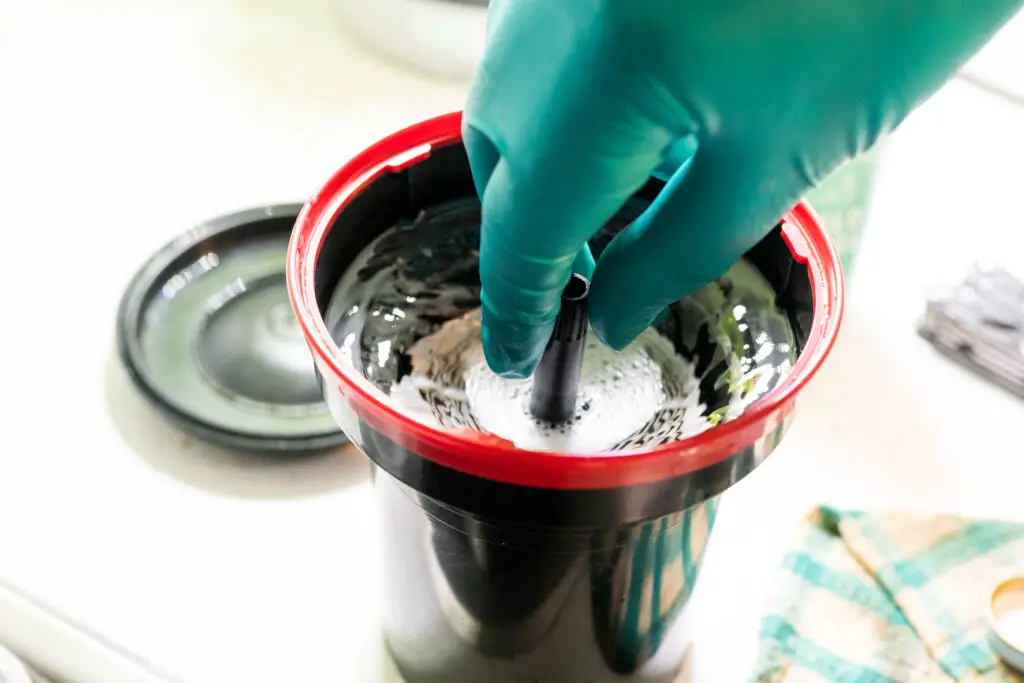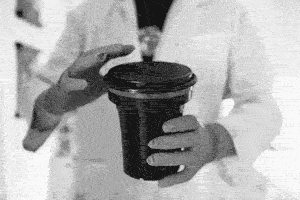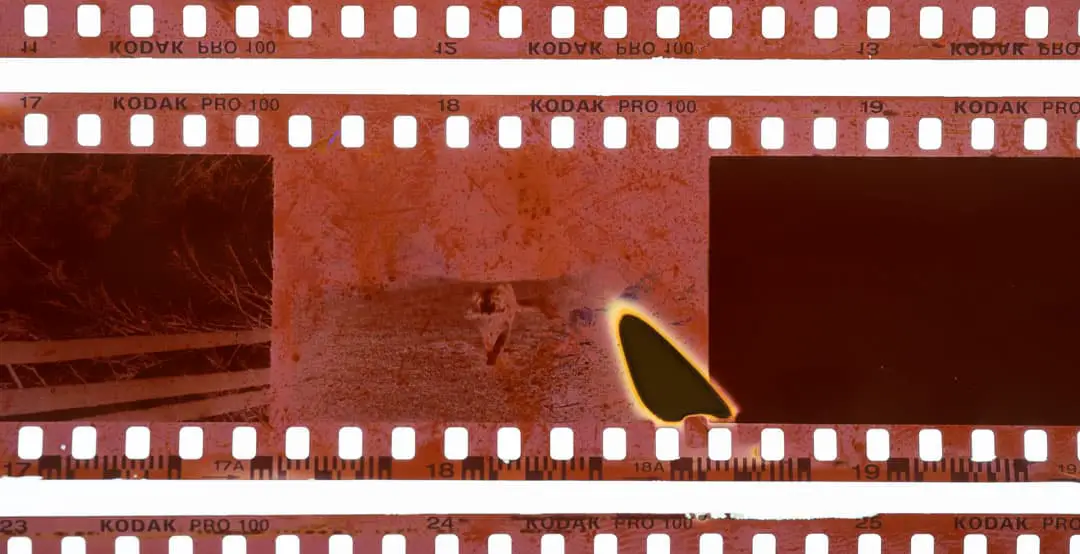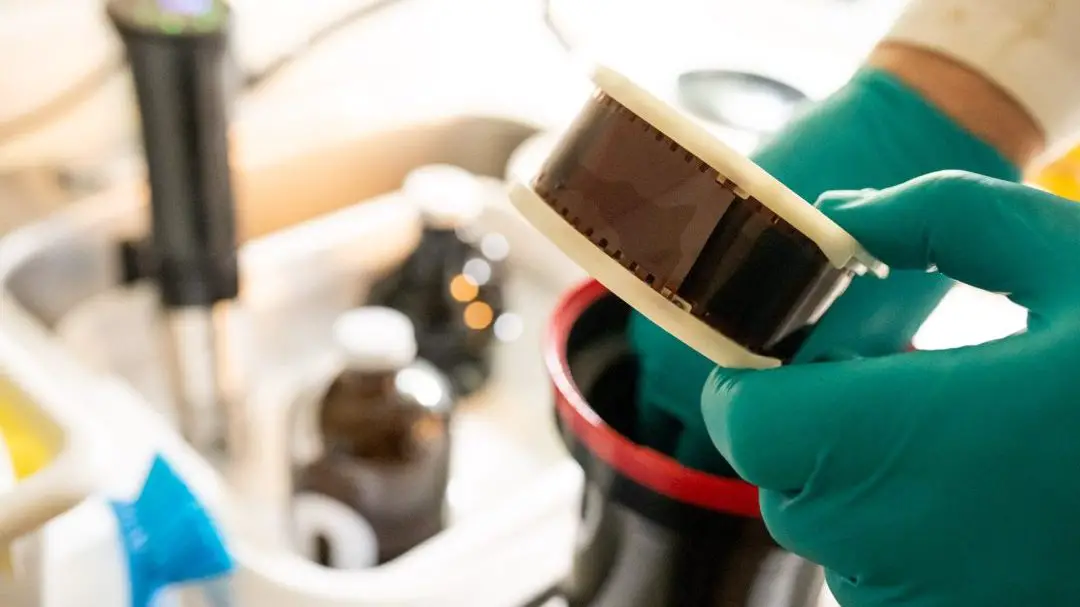There is nothing that stirs emotion online quite like the Paterson development tanks. But for as many haters as there are out there, there are thousands of people using these development tanks every single day and getting good results. Is the aptly named Paterson Multi-Reel Super System 4 a good developing tank?
Paterson developing tanks are light-proof tanks that make it possible to develop 35mm or medium format film in daylight. With a bit of practice, the reels are reliable and easy to load even in the dark. However, the reels can be tough to use when they’re wet.
The Paterson Multi-Reel Super System 4 is the latest version of these developing tanks. The new design has a few improvements over the older systems. Most notably, the system is far less leaky than previous designs, but it also enables the user to agitate the film by spinning the reels inside the tank with a provided stick.
At the end of the day, I’ve been able to successfully use these tanks for over 5 years, and have developed hundreds of rolls using both newer and older versions of the tank. And in all that time, I’ve only lost one roll because of an issue with the reels.
I absolutely recommend these to every new film photographer looking to start developing film at home. The 2-reel system is the best value, because it comes with two reels, and has the capacity to develop two rolls of 135 or a single roll of 120. Find it on Amazon for the best price here.

Who are Paterson tanks for?
Paterson tanks are perfect for new photographers who aren’t processing high volumes of film. The tanks are perfect for anyone who wants to try out developing film at home to have more control over the process, or to save on developing costs.
For just over $30, the 2-reel system is the perfect point of entry. And the system allows photographers to adapt over time with larger tank options available. The Paterson developing tanks follow the same philosophy as camera manufacturers, where they offer an entry-level product cheaply that allows the user to slowly upgrade the individual pieces while your needs change.
For example, processing 10 rolls of film in the standard 2-roll tank can take an entire day — especially when developing medium format, or black and white rolls. Over time, most advanced users will purchase larger tanks to suit their style of photography.
The next benefit is that these tanks have been around forever. So users will be able to easily find used copies on the market for significant markdowns. Since all the Paterson reels are compatible with each other, this can be a great way to grow your collection instead of purchasing new.
What size of development tank should I buy?

Does size matter? The age-old questions of *ahem* film photographers everywhere. These development tanks come in a number of different sizes marked by how many reels of 35mm film they can develop at once.
The smallest system can develop only 1 roll of 35mm film, where the largest tank can develop an incredible, 8 rolls of 35mm, or 5 medium format rolls.
For most film photographers, the 2-reel Paterson tank is the perfect starting point. The 2-reel tank is the best value of the series, and comes with everything needed to get started. Larger tanks don’t come with reels, and are for professional film photographers, who develop many rolls shot at the same ISO.
When I’m developing black and white film, it’s very rare that I have more than two rolls of the film that can be developed for the same amount of time, with the same developer dilution. I simply don’t shoot enough to make a larger tank worthwhile for B&W.
However, where this is changing rapidly is with color film. The C41 color developing process is the same for all films, regardless of their ISO. That means unless I’m pushing or pulling the film, there is no change in the development time. In this case, purchasing a larger tank makes sense, because I can significantly cut down the amount of development time when I can fit 5 rolls into the same tank.
So finding the right size of developing tanks is a very personal journey that comes with experience. If you’re shooting mostly B&W film, the Paterson 2-reel size is what I’d recommend starting with. For the price, it simply cannot be beaten.

What are the downsides of Paterson developing tanks?
The biggest downsides of these developing tanks is that they’re made of plastic instead of stainless steel. They sometimes leak, the plastic can break, and the reels jam up when wet.
In practice, I’ve never heard of one of these tanks breaking. But I have dealt with leaking, and jamming reels. Let’s start with the leaking.
The lid of the Paterson tanks requires the user to push the lid on, and seal it almost like a ziplock bag. But when there’s any amount of water around that lip, the tank will leak a couple of drops every time I do an inversion. Since I have eczema, getting the developer, fixer, or blix on my hands can cause breakouts. But for the most part, I’ve remedied this problem by simply wearing gloves and socks.
However, the biggest source of frustration with Paterson tanks is the plastic reels. These reels maybe some of the easiest to load — at least until they’re wet. I don’t know the science behind it, but if there’s ever a chance that you’re going to ruin your film, it’s when you’re desperate to finish off that last roll after reusing the reels for the third time. Something happens, and the film simply will not pass smoothly.
There are two solutions I’ve found for this problem. The first is to buy more reels over time so that you never use them wet. You can also just use a hair dryer if there’s one available. But those cost more than 2 reels, so.
The second solution is to, without taking the reel apart, gently pull the reel apart, and push it back down. There is usually just enough play in the reels to let the film progress. If it doesn’t, you may be risking creating buckles, tears, and fingerprints on the product. See more about the film developing problems here.
Final verdict: are Paterson tanks worth it?
For the vast majority of film photographers, I believe the Paterson tanks provide the most value, and are completely possible to use long term. Stainless steel tanks are expensive, and the older versions are not as reliable when they’re found on the used marketplace.
Most of the problems are easily diagnosed and dealt with before rolling your film onto a reel. And when it’s done right, you’ll never run into a problem.
I’ve bought three tanks over my career as a film photographer, including one of the older systems. All in all, these tanks have served me extremely well — despite losing two rolls to their somewhat cranky reels.
All in all, I’m going to stick with the Paterson system, and will even shortly be upgrading to a larger version to batch develop color film.
Thanks for reading! If you enjoyed this piece, come take part in our growing Facebook group, or find me on Instagram! Both of these platforms are perfect places to reach out if you ever have questions about film photography.
If you’re interested in purchasing the 2-reel Paterson System 4 Developing Tank, consider purchasing it on Amazon through this link, or sending us a donation on Ko-fi. These small commissions really help us to keep growing this blog, which is dedicated to providing modern, environmental, and research-based solutions and advice to film photographers everywhere. If you’d like to see more, check out this article we recently published on what causes film to break down, and which films are the most archival. I spent weeks diving into research that has never been discussed in as great of detail online as it is here.

By Daren
Daren is a journalist and wedding photographer based in Vancouver, B.C. He’s been taking personal and professional photos on film since 2017 and began developing and printing his own photos after wanting more control than what local labs could offer. Discover his newest publications at Soft Grain Books, or check out the print shop.

